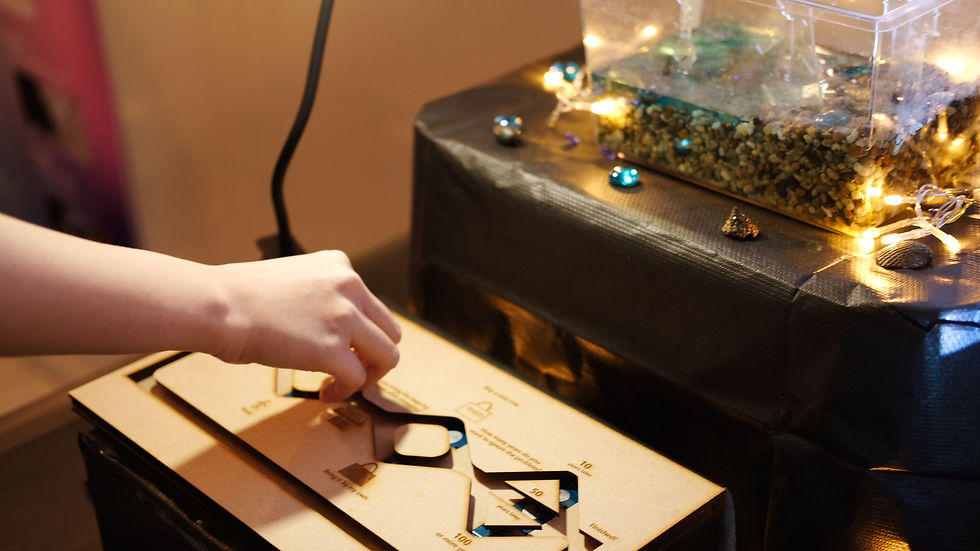
Glacial Tears is an interactive installation designed to bridge the gap between abstract climate data and tangible human experience. Powered by Arduino, the installation aims to provoke thoughtful interaction by visualizing the immediate impact of everyday choices on rising sea levels. By offering a tactile, data-driven experience, Glacial Tears challenges the notion that climate change is a 'distant problem,' urging participants to reflect on their role within a larger ecological narrative. The project aspires not only to raise awareness but also to foster a sense of personal agency in combating global warming.
Utilizing datasets and predictive algorithms, we spotlight five global cities at the frontline of climate change, revealing their potential fate based on audience interactions. I conceptualized the overarching theme and was solely responsible for data preparation and hardware design. While I also took the lead in the preliminary interactive design, the final fabrication, including material cutting and landmark pattern designs, was collaboratively executed by my three teammates.
Glacial Tears was showcased at the Edinburgh Science Festival 2022 for an 11-day run.
CHALLENGE
Our ambitions were to leverage data in fostering a deeper public understanding and urgency about the implications of climate change.
OUTCOME
Glacial Tears empowers participants to grasp the tangible consequences of everyday actions on climate change, illuminating how these repercussions circle back to affect humanity.
Design Concept
Across the globe, extreme weather events are escalating in frequency, notably in Europe. The toll of flood damages is outpacing the rates of population and economic growth, underscoring a pressing climatic concern. The intensification of heavy precipitation, driven by human-induced climate change, is predicted to exacerbate these issues in the foreseeable future. A significant consequence of global warming is the unavoidable coastal erosion it incurs. Presently, global sea levels are ascending at a pace of 4-8 inches per century, a rate tenfold faster than what was observed over the preceding 3,000 years. A primary driver of this accelerated global warming is the rising concentration of atmospheric carbon dioxide, where the ensuing greenhouse effect from carbon emissions casts a long shadow over humanity's future. Despite the stark reality, a common perception prevails that the menace of sea level rise is a far-off issue, thus stalling immediate alterations in lifestyle choices. Yet, the reality is stark as nations face the imminent threat of being swallowed by the rising tides.
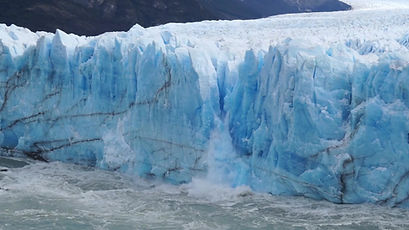
Our discourse spans a spectrum of climatic extremes, highlighting the repercussions of carbon emissions on future sea level ascents. The aim is to elucidate to the audience the domino effect of conventional actions, illustrating how such actions could culminate in the submersion of cities or entire nations. The city of Edinburgh, for instance, has pledged to attain a zero-carbon status by the year 2030. It is a collective endeavor where every citizen can contribute towards realizing this ambitious objective. Through our installation, we seek not only to illuminate these critical issues but to empower individuals in taking actionable steps towards mitigating global warming.
Data Preparation
We used the dataset from CoastalDEM and coastal flood GIS layers, and established math models to predict the effect of people's daily behaviours on sea level.
Interaction Design
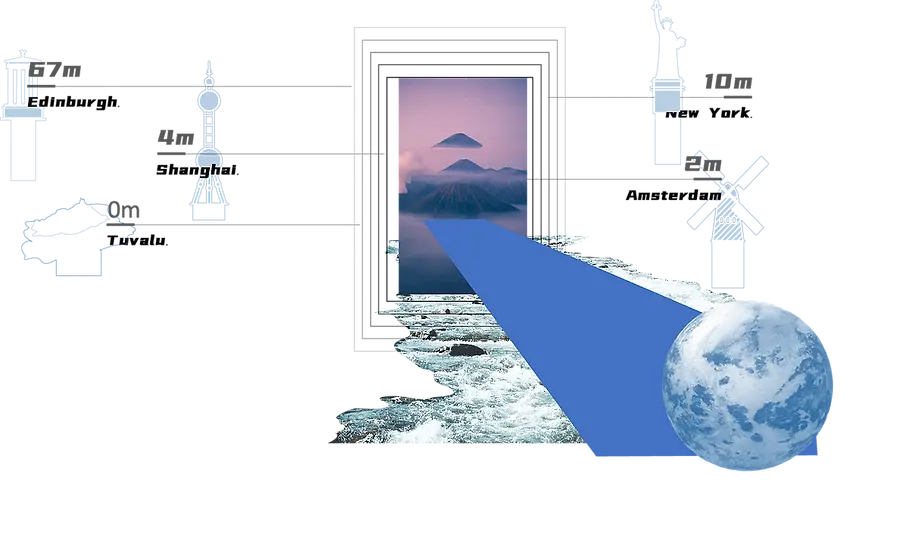
We've spotlighted Edinburgh along with a selection of globally representative cities with notably low altitudes as focal points, enabling audiences to viscerally grasp the implications of sea level rise.
By engaging with the interactive template set before them, participants navigate through a series of contemplative queries by maneuvering miniature figures across the board:
-
Do you predominantly commute by car or on foot?
-
Do you habitually bring your own reusable bags to the supermarket?
-
How many years into the future would you like to envisage the repercussions of your current lifestyle choices?
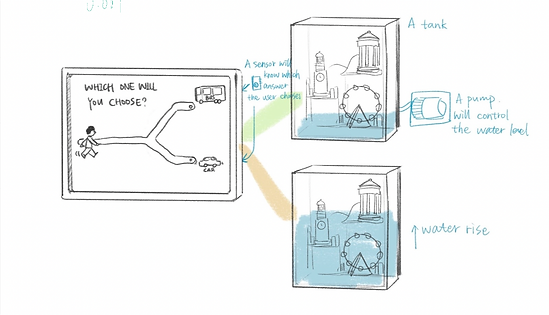
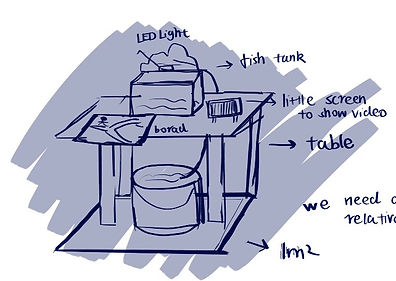
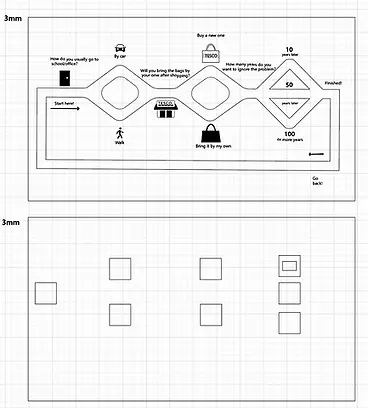
.webp)
Post response, the participants will witness the water level within the installation's reservoir ascend. If the environmentally detrimental choices are selected, a grim vision of future cities succumbing to inundation unfolds. Conversely, opting for eco-conscious practices reveals a hopeful scenario: their concerted efforts have stemmed a portion of the sea level rise instigated by glacial melt. This tactile, visual feedback loop not only furnishes a tangible connection between everyday actions and their long-term global impacts but also emboldens individuals to envisage and work towards a more sustainable future.
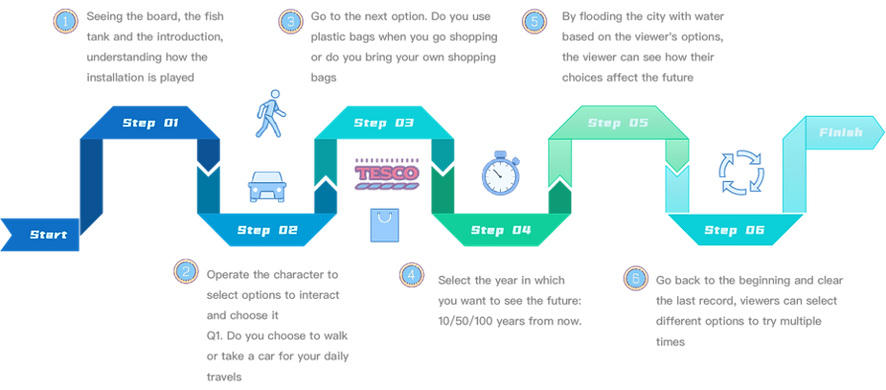
Hardware Design
-
The entire system is orchestrated via an Arduino microcontroller, acting as the central nerve of the installation.
-
A water pump is employed to modulate the water level within the display tank. Utilizing the siphon principle, water is automatically redirected back to the reservoir tank, ensuring a seamless cycling of the water within the system.
-
Due to the high power demand of the water pump, a relay is incorporated to bridge the control from the low-power Arduino to the high-power pump. This setup ensures safe and reliable operation, enabling precise control over the water pump while keeping the Arduino system insulated from any potential electrical overload.
-
Touch sensors are strategically placed to capture audience interactions. They register the choices made by participants, translating these selections into the interactive narrative that unfolds within the water tank. This tactile interface not only fosters an intuitive user experience but also serves as a poignant metaphor for the tangible impact of individual choices on our shared environment.


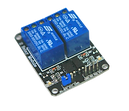


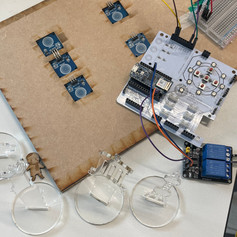
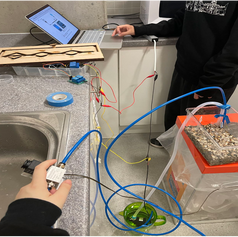
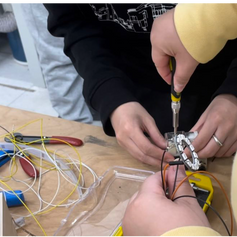

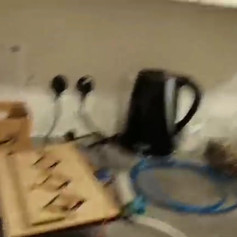
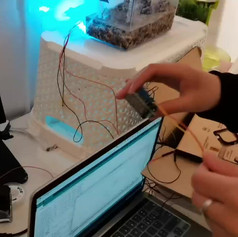
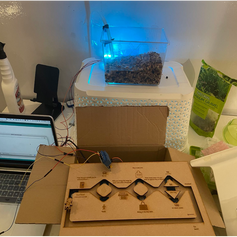
Glacial Tears was showcased at the Edinburgh Science Festival 2022 for an 11-day run. Despite the constant water flow and high-frequency usage by attendees, the installation operated flawlessly, testifying to its durability and meticulous engineering.






















